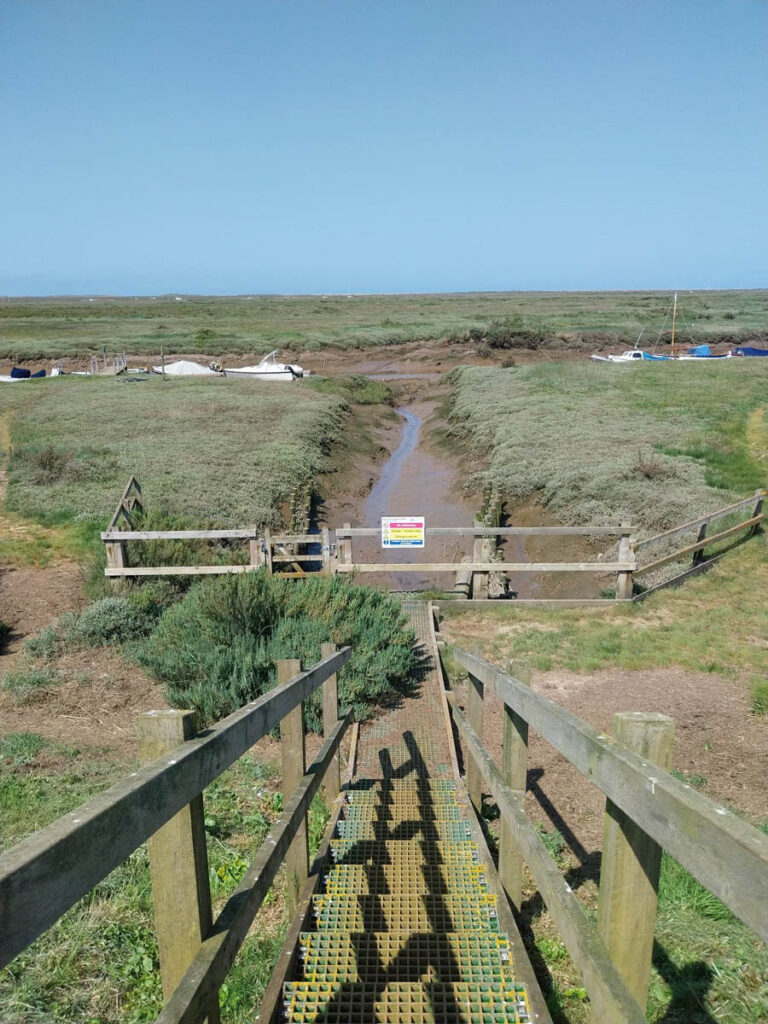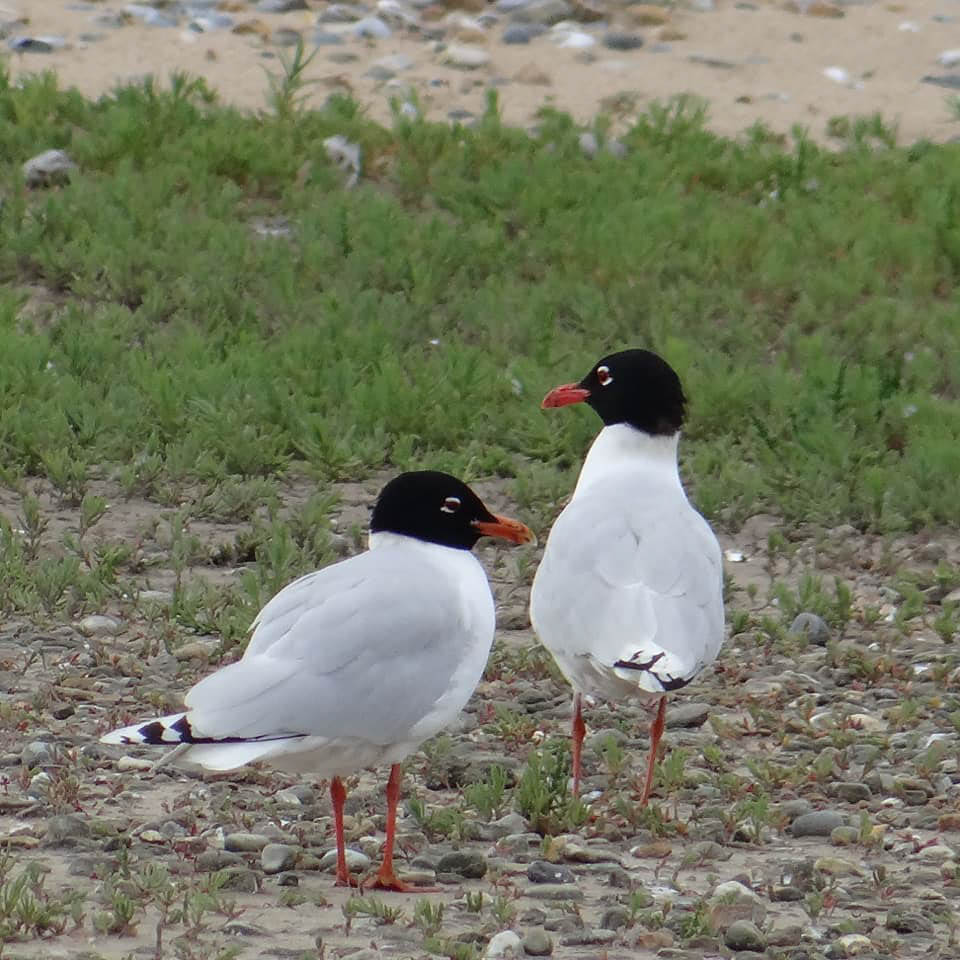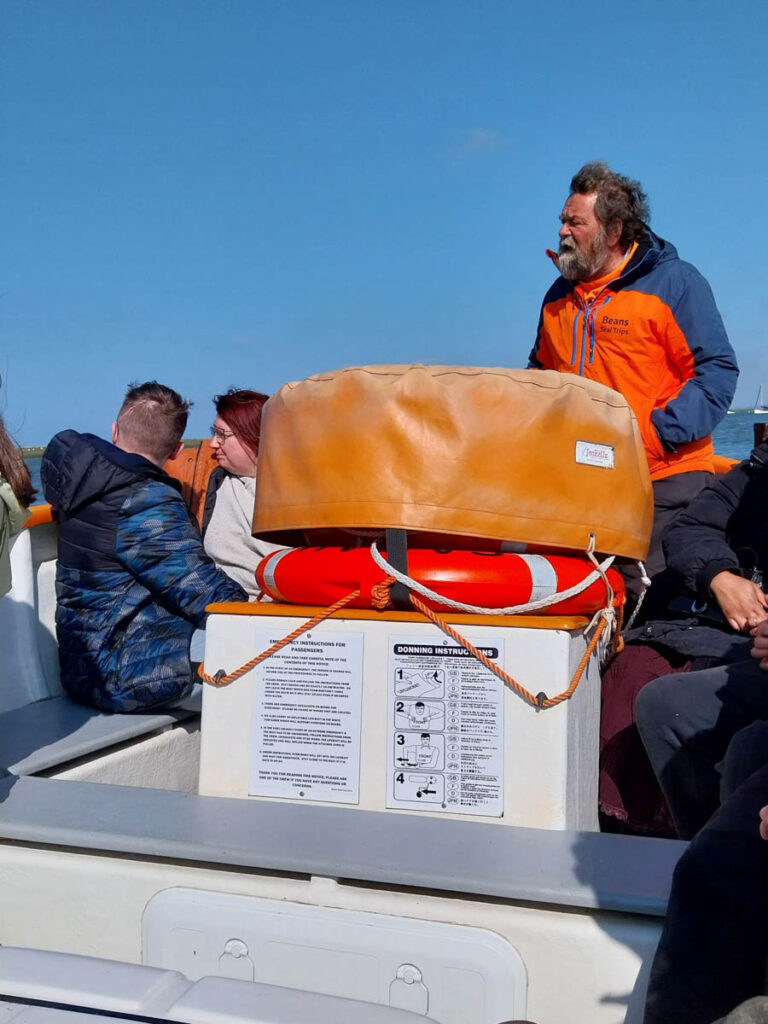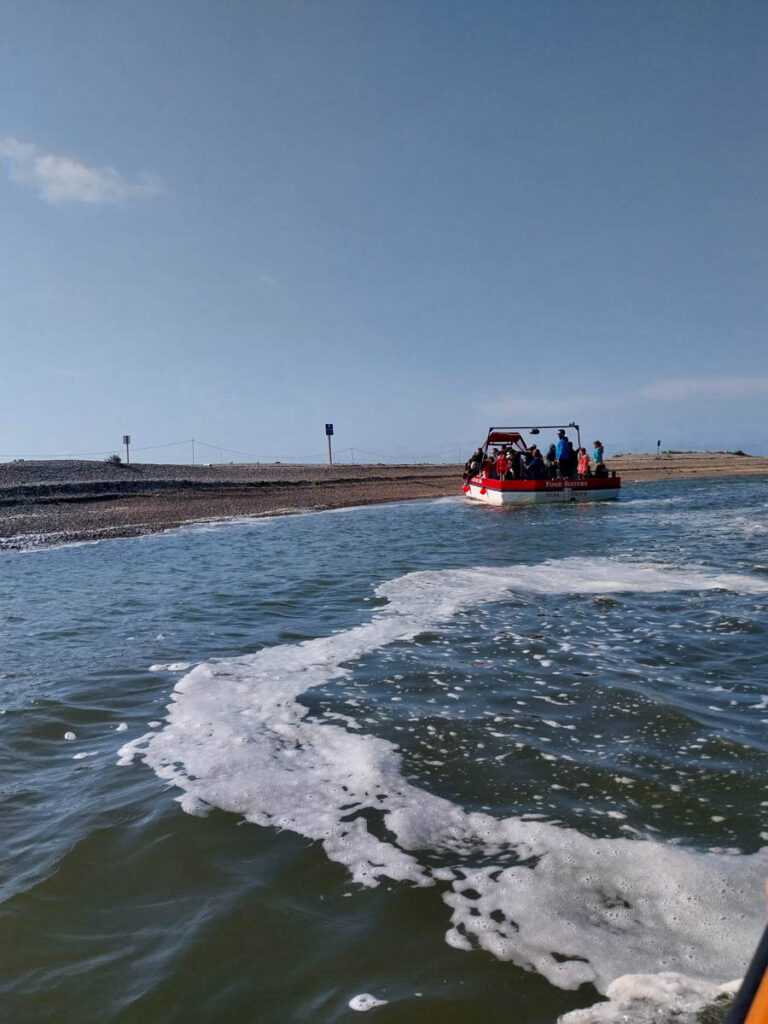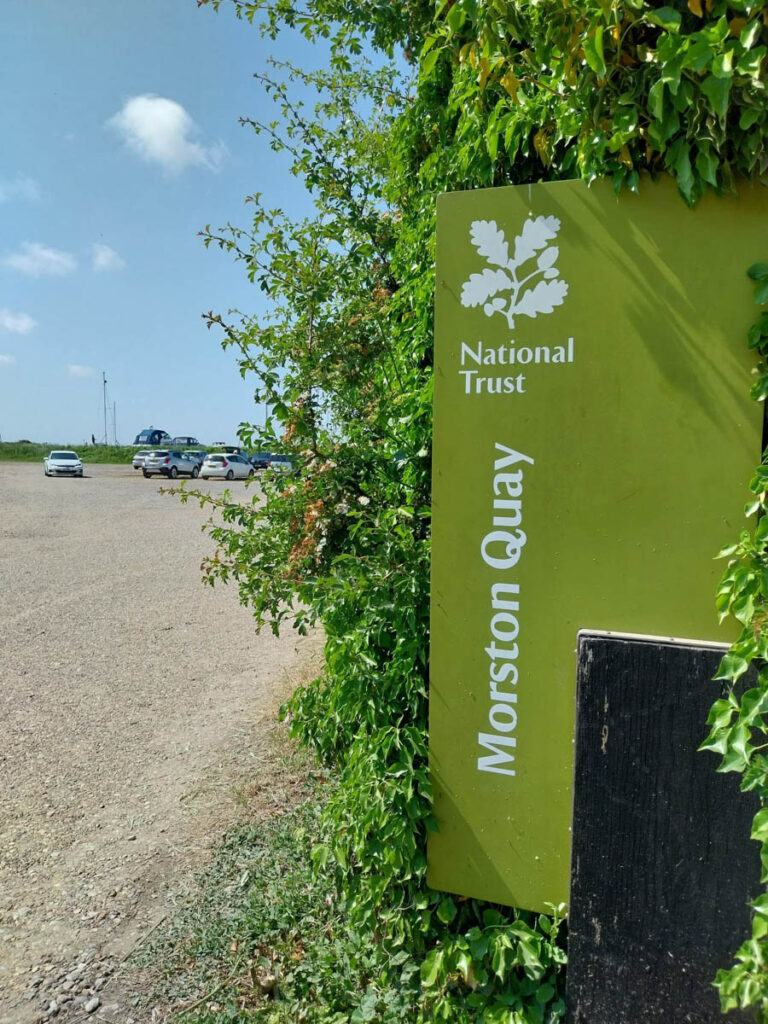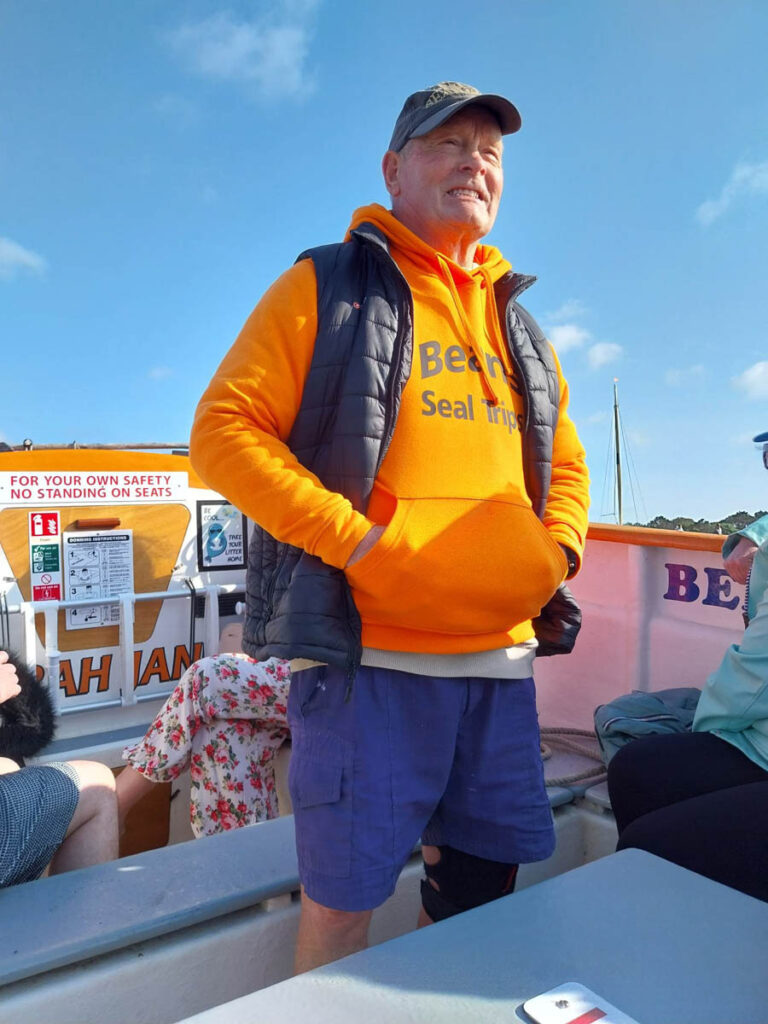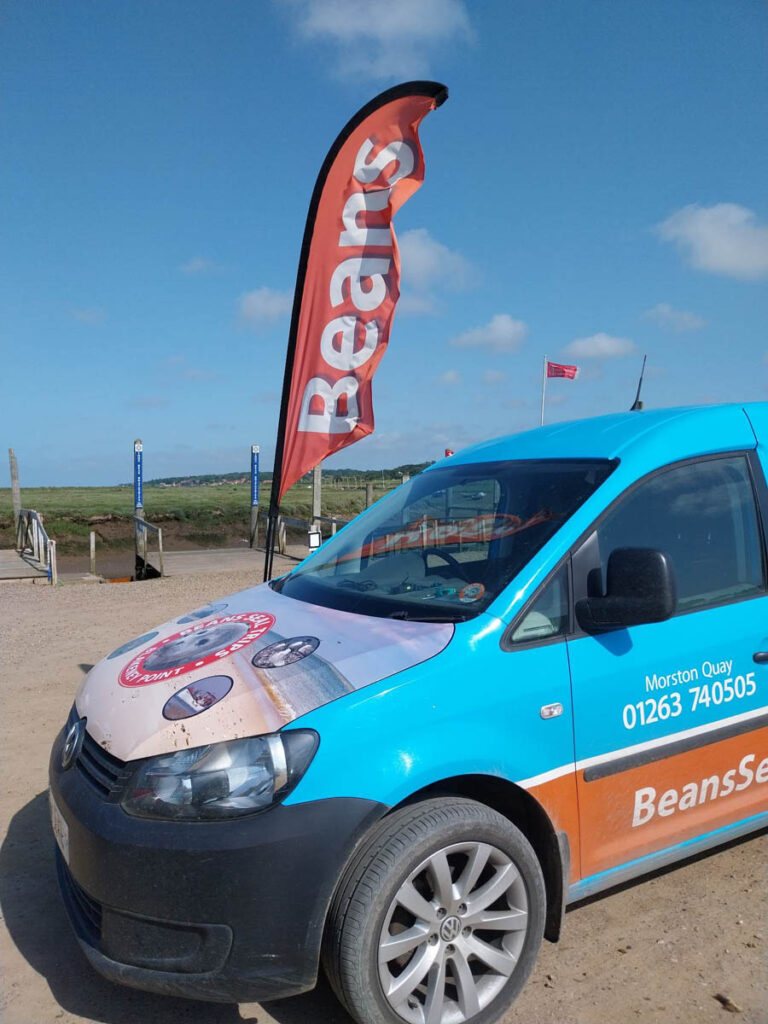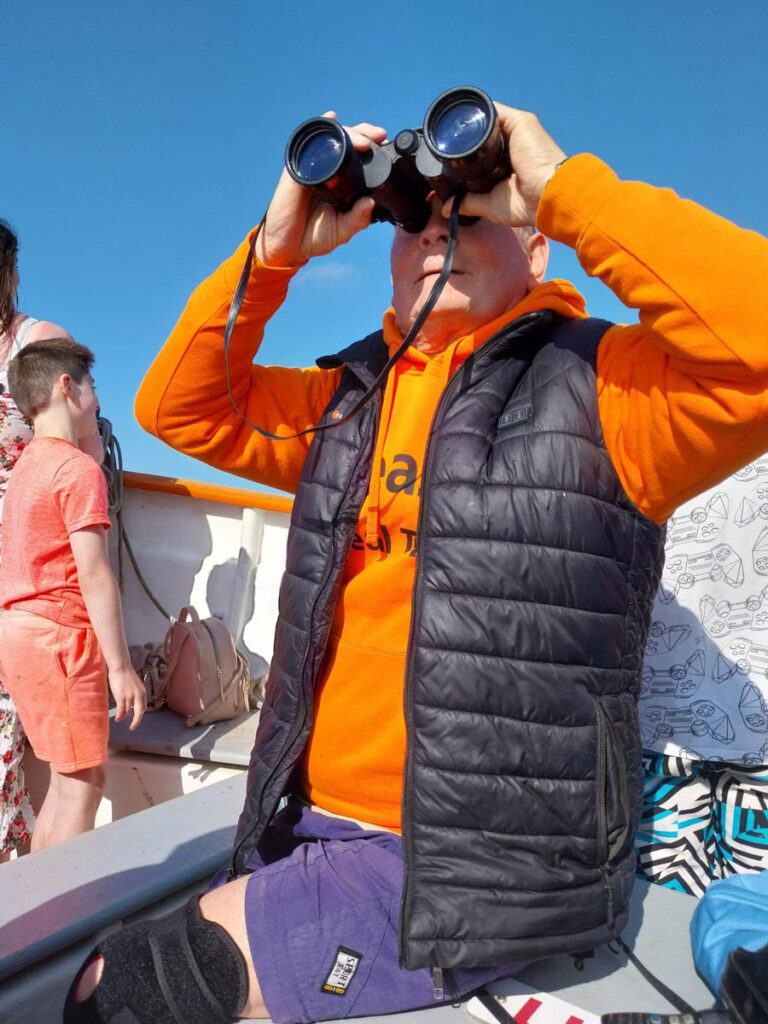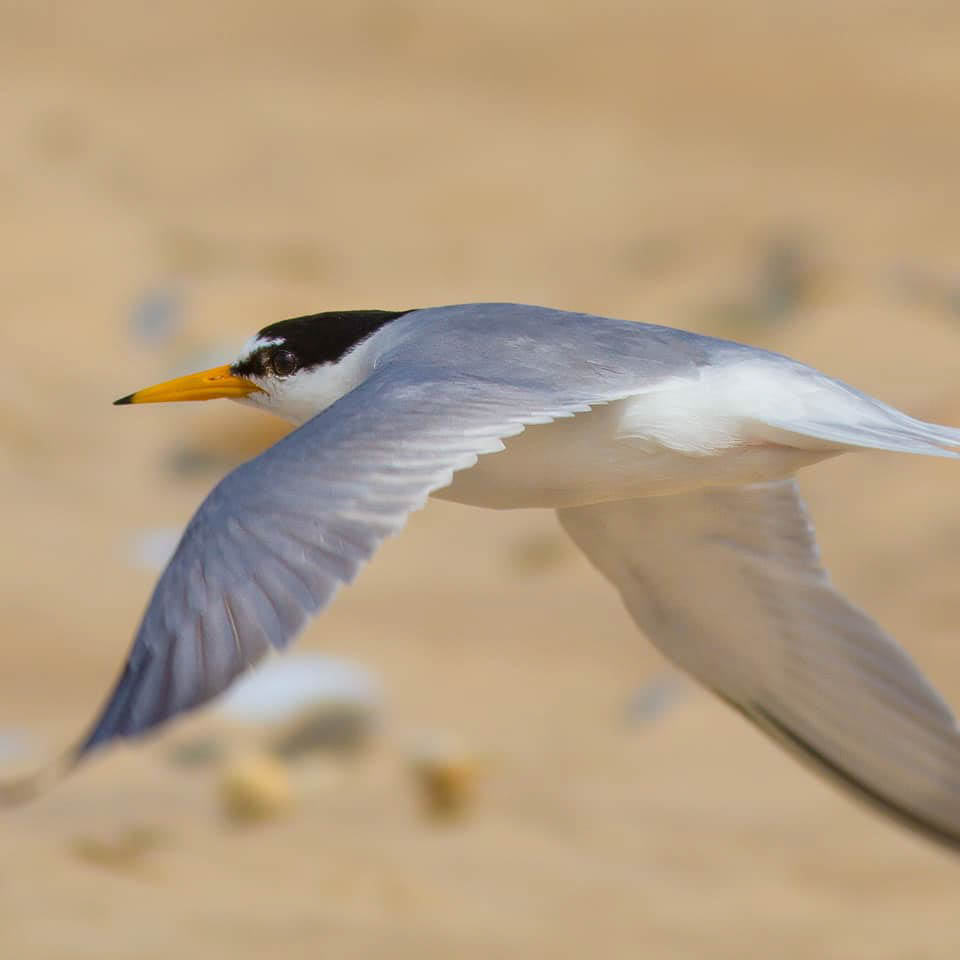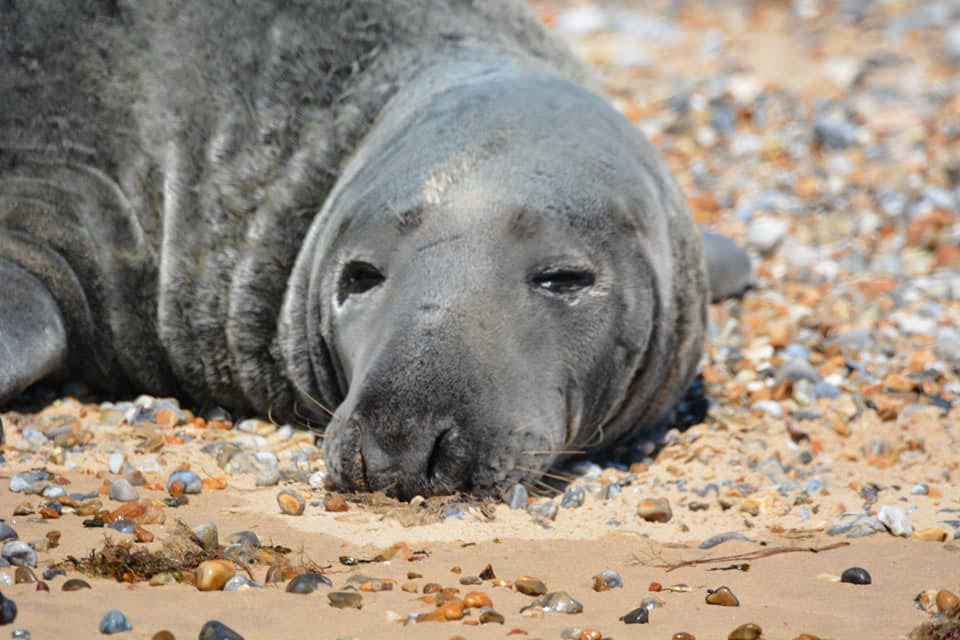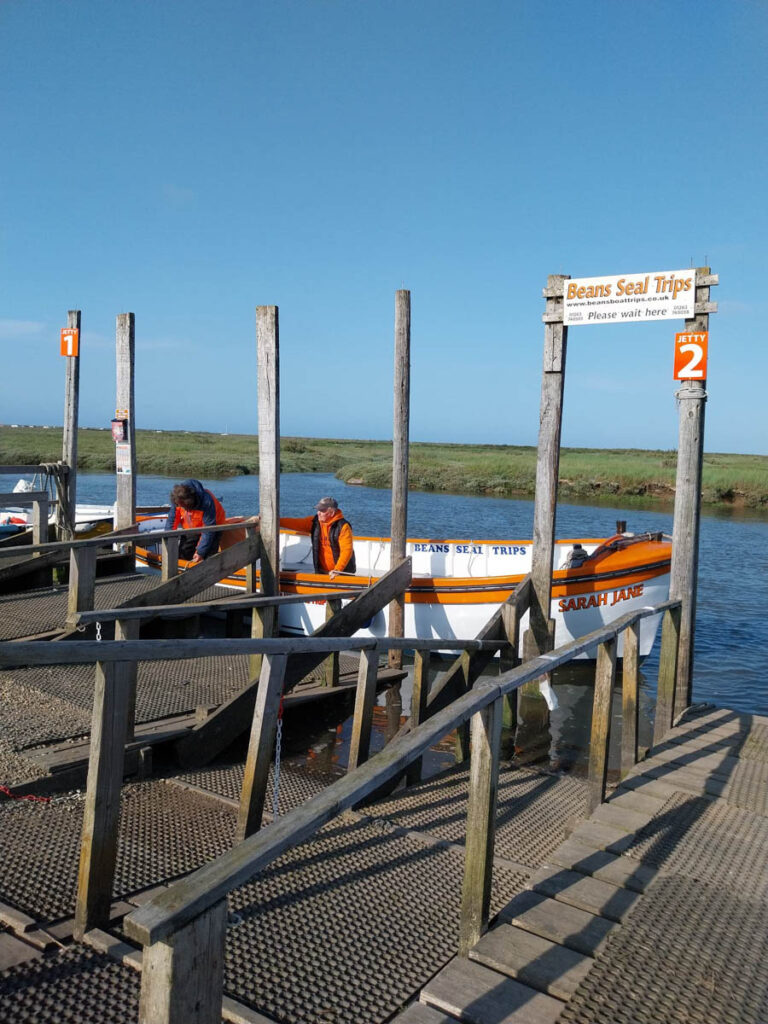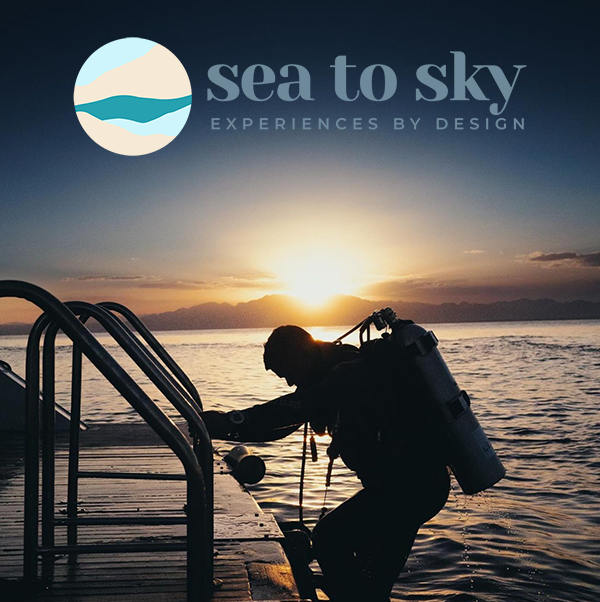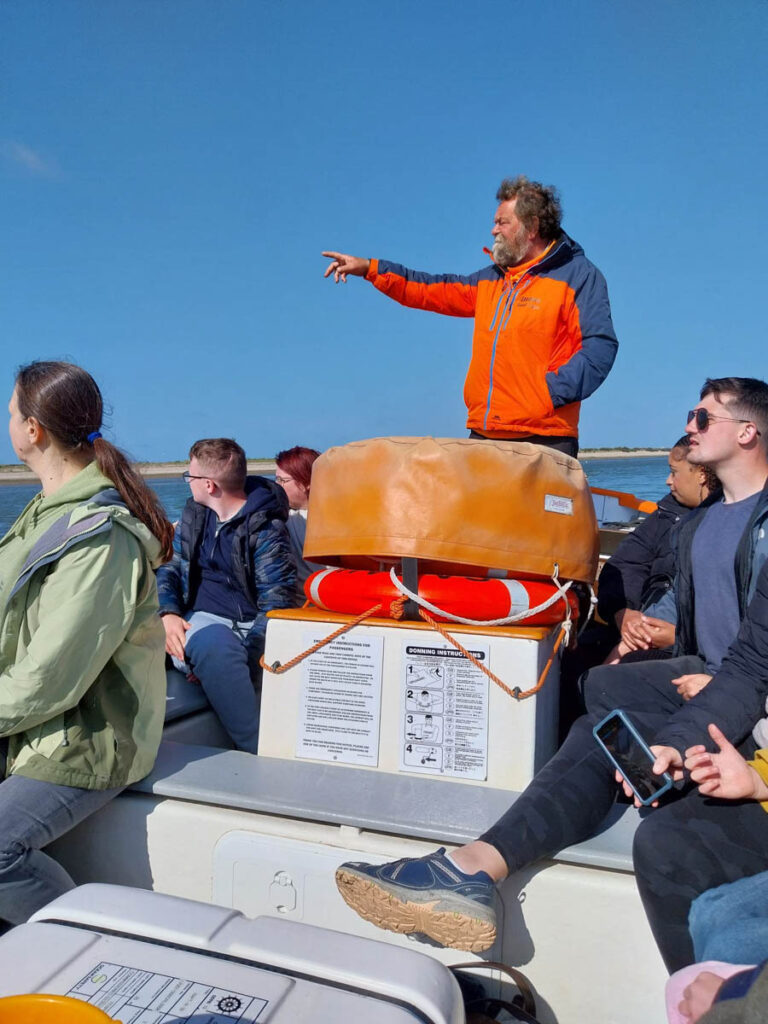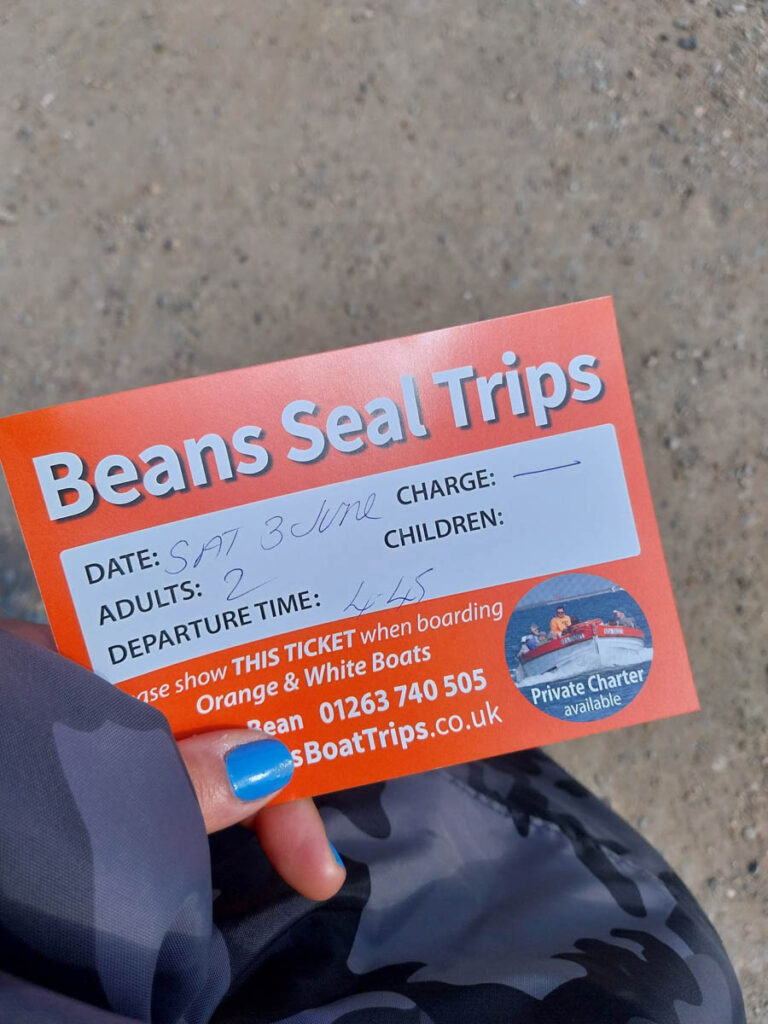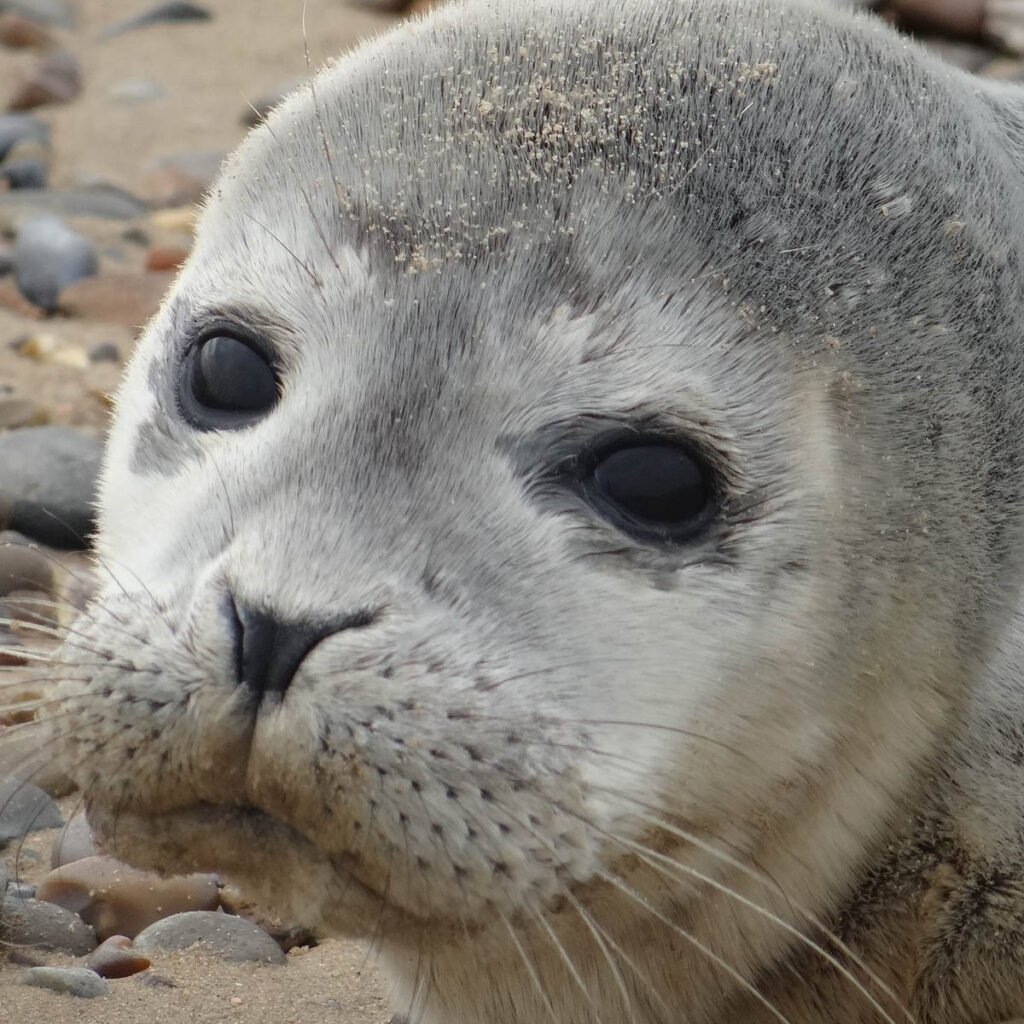Our last visit to Norfolk was an inspiring one. A magical trip to meet some magical creatures with a company that has nothing but passion for them. We were so excited to go back and to meet the crew, they had made an impressive mark on us last time and spending time with the seals on the point was gorgeously memorable. A company that has been operating out of Morston Quay since the 1930’s.
‘Until 1978 the boats ferried passengers to and from Blakeney Point nature reserve, leaving from Morston quay at high tide and from the lower harbour at low tide with people often having to paddle across the marshes to catch the boat! For some years in the 60s and 70s, Graham ran his boat from Blakeney Quay before returning to Morston in the 1980s.
The seals were protected in 1976 and from then, gradually became tamer. It was then that Beans Boats began trips to take people to see the seals, combining these with a landing on Blakeney Point on the high tide. At that time, the trips ran only during the summer months and the family would have to do other jobs over the winter such as worm digging.
Over the years the boat trips gradually got more and more popular. Graham’s elder son, Jason, joined in the early 1990’s after leaving his career as a chef. Matthew, Graham’s younger son, joined the business in 2000 and looks after telephones and bookings and Carmen, Jason’s wife, can be found on the quay looking after the tickets with Jason’s son Jonathan and daughter Lucy frequently found manning the boats, making this a truly family run business along with the assistance of a few close family friends making it very much a local affair.
With the increasing complexities and regulation of running a ferry service, in 2021 John Bean’s son Steven decided to operate the John Bean’s part of the business as a separate entity, now known as John Beans Boat Trips operating from Morston and recognisable from their blue livery. As with Bean’s boats the next generation is playing a part in carrying on the family tradition with Steven’s son, Joshua full time on the ferries.
Having started all those years ago with just the one boat, Beans Boats have 4 purpose built ferries fitted out to Maritime Coastguard Agency standards.
After boarding the ferry there is a short safety briefing as we make our way up the creek and out into the harbour. After a short boat ride, with local information provided by the crew, we arrive at the seals. They are usually basking on the sandbanks at the far end of Blakeney Point. You should always see some seals – the question is: “How many”? The colony is made up of Common & Grey seals and numbers around 500 at low water, with smaller numbers to view at high tide as this is when thay frequently head out to sea to feed. Common seals have their young between June and August, the Greys between November and January. Both suckle their pups for about three weeks during which time they grow very quickly, putting on between 1kg and 1.6kgs a day due to the very rich and fatty milk they feed on. Grey Seal numbers have expanded rapidly over the last few years and counts by the National Trust wardens have recorded over 15,000 seals during peak breeding time with over 5000 pups. A truly spectacular site with nearly every square inch of beach occupied by mothers and pups and well worth braving the weather for a trip in late November or early December.
The seals are generally quite inquisitive and often pop up and swim around the boats for a look at us! We can also usually sail very close to the basking seals on the beach which gives a great opportunity for photographs and also ample time for questions. The grey seals are the larger of the two species – they have large speckles on their coats and longer pointed heads with parallel nostrils. The common seals have a more rounded face with ‘v’ shaped nostrils.
The National Trust took over the Point in 1912 and it is now an international breeding ground for many migrant birds during both summer and winter. This Old Lifeboat House is now used as a base for the Wardens during the summer and also as an Information Centre.
Seals generally spend up to 90% of their lives out of the water basking on the sandbanks. The females usually outlive the males: 35 years is about the maximum for them and 25 years for the males. Although very clumsy and cumbersome on land, once in the water, seals can be very agile, reaching speeds of up to 20mph. They can also submerge for up to 30 minutes if necessary and in certain waters have been recorded diving to a depth of 600ft (300 metres). Generally though, it’s a quick 3 – 5 minute dive for fish which the seals locate in the water not only by sight but also by feeling vibrations through their whiskers. Seals tend to feed out at sea although some of their favourites – flounders, white bait and sand eels – are often found in the Harbour. An average size seal can often take up to 4.5kg (10lb) of fish in a day.
Blakeney Point is also famous for its bird life. Its most popular summer visitors are the terns – mainly Common, Sandwich and Little Terns and, quite often, also Arctic Terns. Many of them begin to arrive from West Africa during mid-April and breed into the season. They make a small scrape in the shingle where they lay their eggs. After hatching, the chicks can be seen running along the shoreline near the seals. You will be able to get a good view of them from the boat as well as of the other various shorebirds: Oyster Catcher, Ringed Plover, Turnstone, and Dunlin to name but a few. During the winter months, you will see large numbers of duck and geese including Mallard, Widgeon, Teal, Pintail, Pinkfooted Geese. Greylag and Brent Geese usually arrive from October onwards.’
We will continue to go back to Norfolk not only to see the seals but because it is a beautiful part of the UK. A must see trip.
Learn more about Beans Boat Trips at: https://www.beansboattrips.co.uk or https://www.facebook.com/beansboattrips
